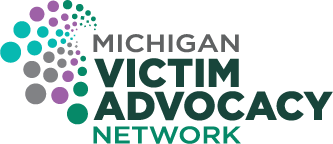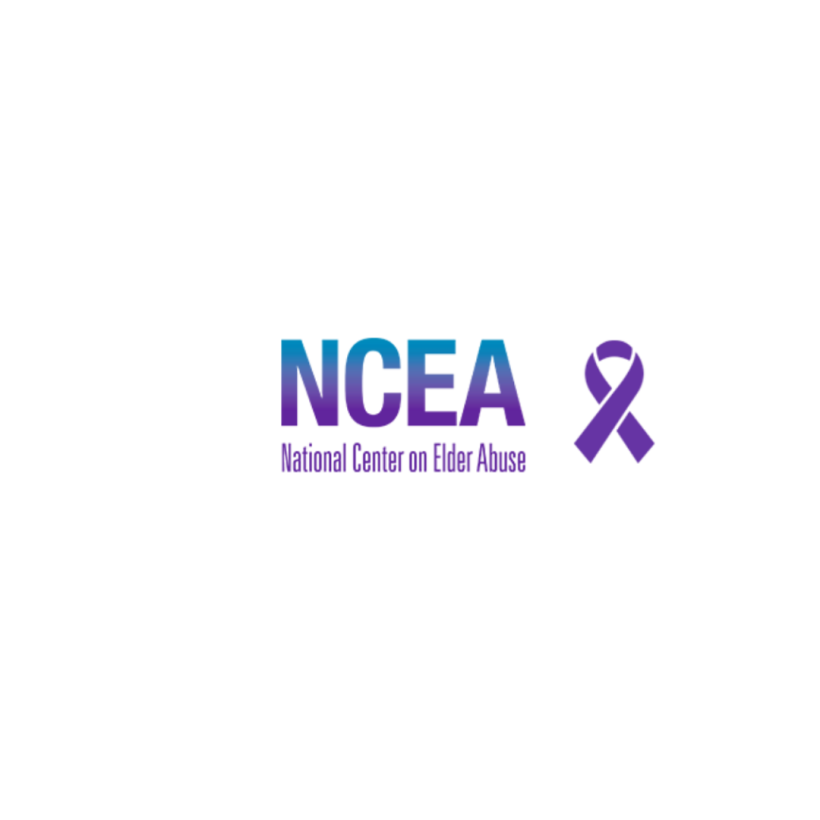Medicare Fraud, Errors, and Abuse Can Cost in Dollars and Health
“What may seem like an error to the beneficiary may simply be the result of a misunderstanding about benefits. It may also be abuse, which involves billing for services that are not covered or are not correctly coded.”









